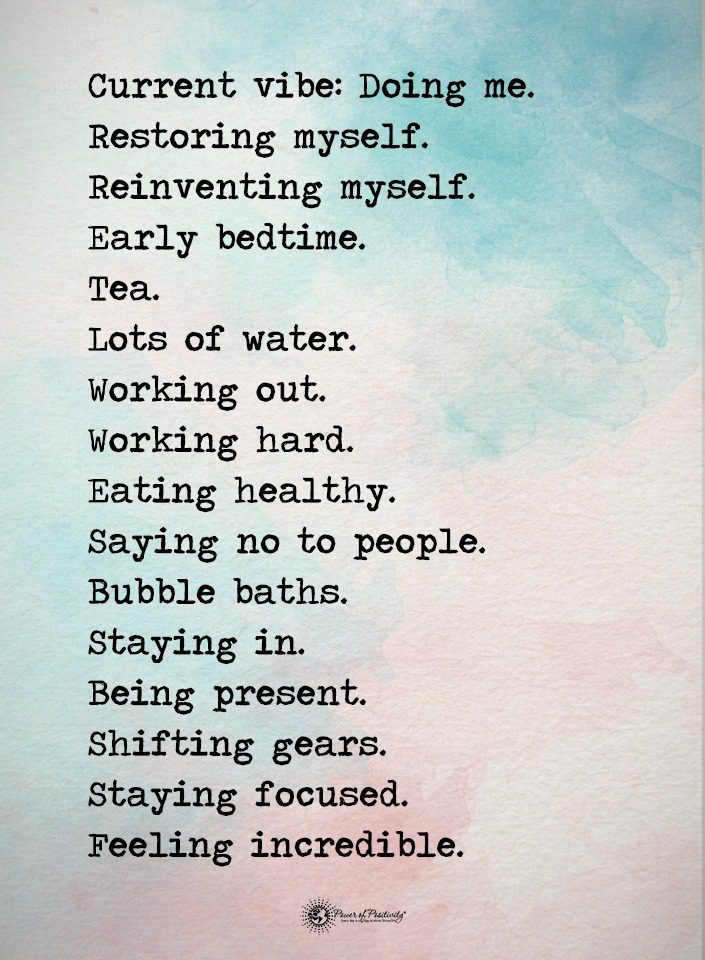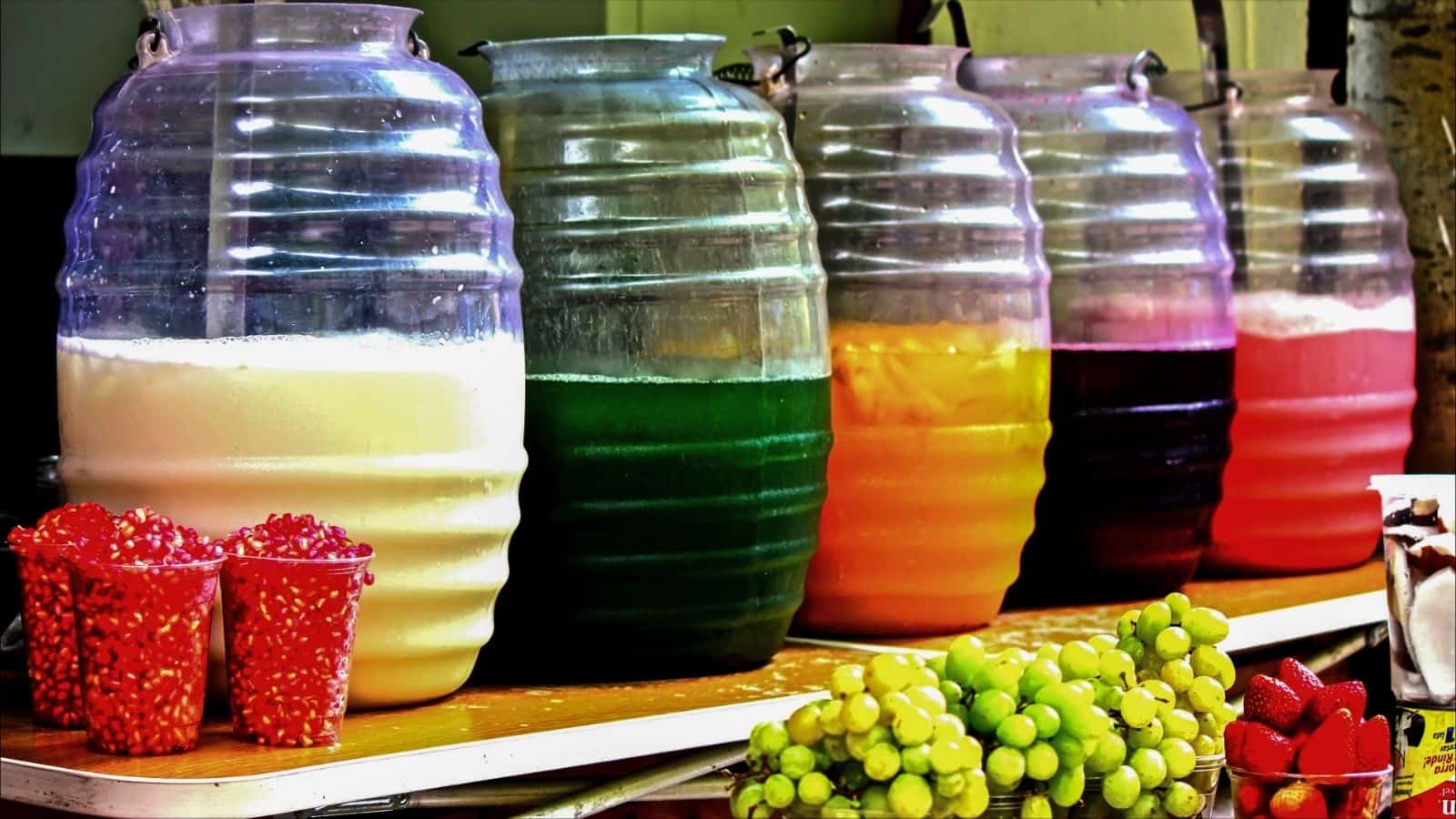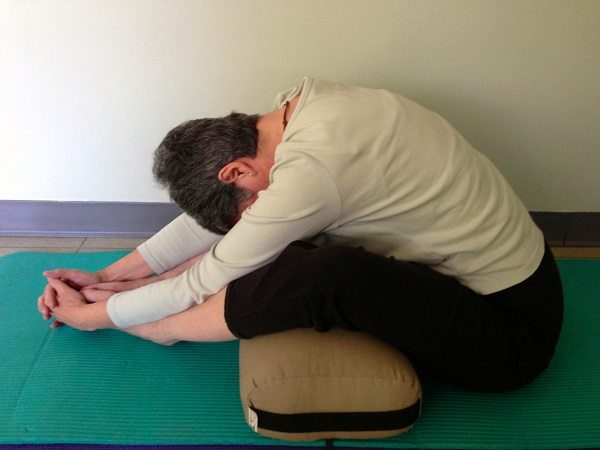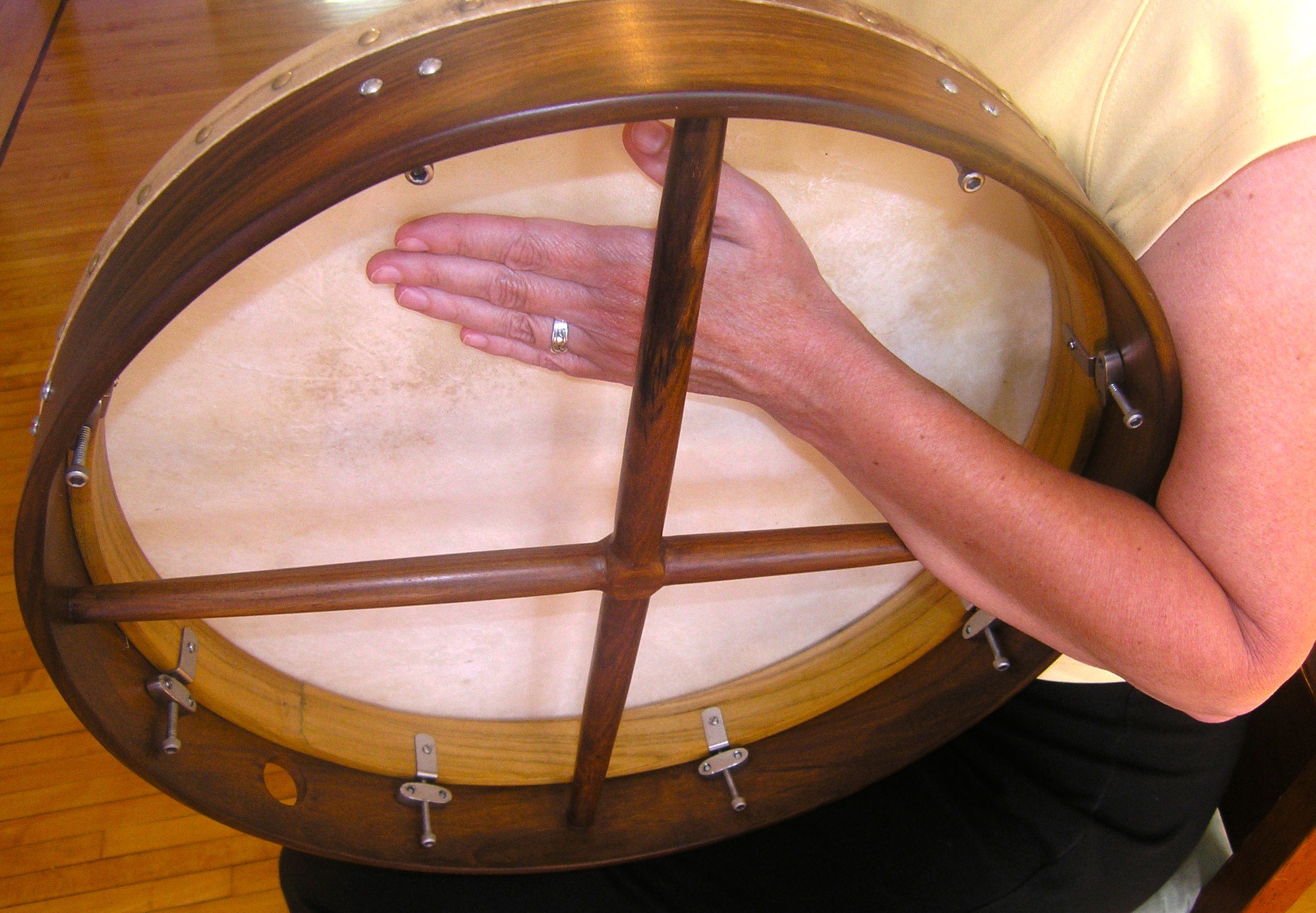Up to 60% of the human adult body is water – we all need to drink it. Proper hydration is essential to life.
Two-thirds of your body is water, so you must stay hydrated to keep your body functioning properly. Getting enough fluids regulates your body’s temperature, provides nutrition for your cells, maintains your joints so they’re well lubricated, and helps your organs function at their best. Staying hydrated also benefits your sleep, your mood, and your ability to focus.
Indeed, next to oxygen, water is the single most important nutrient you will give your body. Water rejuvenates, and carries vital nutrients all around the body, helping deliver it where it’s needed. Water also helps to pick up the waste and debris cells throw off into the lymphatic system and eliminate it through your body.
Did you know our brain function greatly depends on being hydrated? To say the least…H20 is vital.
According to a 2019 article in Nutrients, a medical journal, water also keeps our muscles from tensing up. Many massage therapists that have clients with cramped muscles will often recommend drinking more water.
For these primary reasons, you need to work to stay hydrated every day. But how much water should you drink? And how can you incorporate more H2O into your day? Let’s explore!
Daily water recommendations:
Here are some guidelines on how to decide how much hydration you need each day.
- Women -11 cups of water a day
- Men-16 cups of water a day
- Toddlers-2 to 4 cups a day
- Children aged 4-8 years-5 cups of water a day
- Children aged 9-13 years, 7 to 8 cups of water a day
 Foods That Can Promote Hydration:
Foods That Can Promote Hydration:
Besides drinking water, fruit juices, teas, or flavored waters boost hydration. Plus, fruits and vegetables are great sources of water. Experts say that at least 1/5 of the fluids you consume every day comes from the foods you eat. Vegetables and fruits that contain high levels of water include the following:
- Cucumbers
- Tomatoes
- Spinach
- Brussels Sprouts
- Mushrooms
- Broccoli
- Watermelon
- Blueberries
- Oranges
- Apples
While studies may vary based on age, activity levels, and environment, most people can maintain good hydration by drinking around 2-3 liters of fluids per day. Safe, pure water is best here, as many artificial or “natural” drinks are full of sugar and will not help maintain your body’s hydration levels as well as you think.
How do you know if you’re hydrated enough?
If you aren’t getting enough fluids, your body can become dehydrated. Studies suggest that dehydration decreases your body’s water content so there’s a fluid imbalance. You can become dehydrated if you lose as little at 3% body weight due to lack of water, according to a 2020 review. Dehydration increases your risk of disease, causes memory problems, poor cognitive function, and decreases your muscle endurance. Other symptoms of dehydration include
- Dark urine: According to the European Journal of Nutrition, dark urine is a sign you’re not drinking enough fluids. Drink more fluids if your urine is a dark yellow color with a strong odor.
- Muscle cramps: If you exercise outside in the heat and don’t drink enough you may get muscle cramps. This is common in children who’re outside a lot and forget to drink enough water.
- Headaches: Even mild dehydration can cause headaches, according to a 2019 study.
- Bad breath: The salvia in your mouth contains antibacterial characteristics. If you’re dehydrated, your mouth can’t produce enough salvia so bacteria grow in your mouth. The side effect of this growing bacteria is bad breath.
- Dry skin: If you’ve been out in the heat and your skin is extremely dry, it’s a sign that you are dehydrated. A good test is gently pulling your skin between your thumb and first finger. You are dehydrated if it “tents” and stays like that for a few minutes.
- Cravings for certain foods: Being dehydrated can cause you to crave sweets or salty foods because organs need water to create glucose into energy.
Fourteen Tips To Help You Stay Hydrated
Having trouble staying hydrated? Or do you not especially care to drink water? Here are some tips to help you meet your daily intake goals.
1 – Don’t wait until you’re thirsty
During the day, it’s easy to get preoccupied with kids, work, or school. You may forget to drink water until you feel thirsty. But waiting until you are thirsty before you drink water, means you’re already a bit dehydrated. When you feel thirsty, you’ve already lost 1% to 2% of your body’s water volume. Be sure to make drinking water part of your daily activities.
2 – Keep a water bottle with you all the time
Make it a daily habit to keep your water bottle nearby. If it’s close by, there’s a better chance you’ll remember to drink. Choose a water bottle that holds enough liquid for your day. It should be easy to hold on to for hikes or walking your dog. If you choose a plastic water bottle, avoid buying one with the number 7 in the recycling symbol. This bottle has BPA. Your best choice for a plastic water bottle is a number 2, 4, or 5.
3 – Eat more fresh veggies and fruits
Most of the time when you think of staying hydrated you think of drinking water or other fluids, but consuming lots of fresh vegetables and fruits is another simple way to boost your hydration. Processed foods are high in sodium and fats. Eating too many processed foods increases your risk of dehydration. Try adding fresh foods to your diet. They are not only healthier than processed foods, but they increase your fluid intake.
Here’s an example of a daily menu you could try to increase fluids
- Breakfast: A strawberry and watermelon smoothie. Strawberries comprise 92% water and watermelon contains 91% water.
- Lunch: A leafy green spinach salad drizzled with lemon juice and olive oil. An apple for dessert. Spinach is 93% water, citrus fruits are 86%. An apple is 85% water.
- Dinner: Salmon with lime juice, oven-baked zucchini, and sliced tomatoes. Zucchini is 90% water, tomatoes are 95% water.
So remember to load up on water-rich vegetables and fruits every day for a simple way to boost your fluids.
4 – Flavor your water
Some people dislike the taste of water. To be honest, water is pretty plain. But you can kick up your water’s flavor by adding a variety of veggies, fruits, or herbs. Add slices of lemons or limes for citrus-flavored water. Slices of cucumber, strawberries, and blueberries can also be added to your bottled water to boost your drinking water’s flavor. Herbs add freshness and flavor to your water. Try some mint leaves, ginger, cilantro, basil, or rosemary according to your taste. You can also add a small amount of orange juice or apple juice to your water. This adds flavor but not a lot of calories or sugar. Don’t forget coconut water, maple water, or almond water. These are some other nice waters to try if you’re not a big fan of plain water.

5 – Use a water tracker app
You may find that using a water tracker app on your phone or water helps you remember to drink water. These apps remind you throughout the day to keep drinking. Many of them can be customized for your needs. Find an app that works for you and your schedule. Many people said they tried several before they found one that worked for them, so don’t give up if your first attempt at using a water tracker app doesn’t go well.
6 – Keep a pitcher of water on your desk
It’s a no-frills way to drinking more water, but placing a pitcher of water on your desk is a visible reminder to drink.
7 – Sip water throughout the day
You could guzzle as many glasses of water as possible in the morning, but that wouldn’t be very enjoyable. You’d probably get tired of drinking water after a day or two. It’s best to sip on water throughout your day. Because you are losing water all day through perspiration, urination, and breathing, it’s important to drink small amounts of water throughout your day to flush out toxins and hydrate all your organs.
8 – Drink before and during meals
Drinking before and during meals is a simple way to hydrate. You can drink water, milk, or tea during your meals. Did you know that sometimes when you feel thirsty you’re hungry? Add water to your meals to satisfy your thirst and hunger. Plus, you may find that drinking more water helps you eat less at meals.
9 – Don’t forget to try other fluids
If you’re not a fan of water, don’t worry. You can load up on other fluids to stay hydrated. Try drinking herbal teas, unsweetened orange juice, or flavored seltzer waters. Avoid sugary drinks that only make you thirstier and aren’t nutritious. Buy a juicer and try juicing fruits like watermelon, strawberries, berries, lemons, cantaloupe, and oranges. These natural juices are full of polyphenols and antioxidants that boost your health.
10 – Add spicy foods to your diet
So this sounds crazy at first, but eating spicy foods causes you to drink more water. Add a little chili powder and turmeric to your popcorn, or sprinkle a bit of cayenne pepper on rice cakes. The spicy flavor will make you smile and grab that glass of water every time.
11 – Ask a friend to remind you
As a friend to hold you accountable to drink enough water every day. Decide how many glasses or bottles of water you want to drink and ask a friend to remind you. You may want to hold one another accountable so it’s not one-sided.
12 – Keep a cup by your bedside
Staying hydrated isn’t just something you need to do during the day. If you wake up at night, take a sip or two of water. Don’t drink too much since you’ll wake up and need to use the bathroom, but a few sips can help. This is important, especially in hot weather or if you’ve been outside all day exercising. You may be waking up due to thirst.
13 – Reward your efforts
Pat yourself on the back. You’ve achieved your water goals today. You have helped your body to be a little healthier today. Because adults like rewards as much as kids do, how about rewarding yourself with a little treat? It could be a special hat you spied on at the store or a book you’ve wanted to read forever. Whatever the reward, enjoy it because of all the effort it took to consume enough water today.
 Final Thoughts on the Connection Between Proper Hydration and Staying Well
Final Thoughts on the Connection Between Proper Hydration and Staying Well
It’s easy to get distracted by work, kids, school, and the long list of other things you need to do each day, but don’t forget to take care of yourself. One simple thing you can do for yourself is to stay hydrated. Drinking water is essential for good health, so find easy ways to get fluids into your daily schedule. Whether it’s a water tracker app on your phone, a nearby water bottle, or asking a friend to hold you accountable to drink water-there are lots of creative ways to increase your fluids. Start small, don’t try all these tips at once. Add one or two at first, then move on to a couple more until you reach your daily water drinking goals every day.
When your thirst mechanism has been turned off for long, we often mistake thirst for hunger. We are not hungry, we are thirsty, and our body is asking for water. Next time you feel hungry, drink a full glass of water and see if that subsides within a few minutes. Your thirst mechanism will return to its natural state as you drink more water. Not only will you begin to feel thirsty when you need water, but your appetite will decrease.










